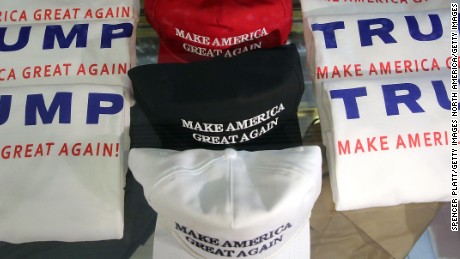Ben Winston, the man behind Cordens hit The Late Late Show, says digital strategy is key to shows success

James Corden owes his surprise success in the US to a ratings-dont-matter strategy, according to the executive producer of his late-night CBS chat show.
When I get in in the morning I will check our YouTube hits before I check our overnights [ratings], said Ben Winston, the man behind Cordens hit The Late Late Show.
The overnights just tell us who managed to stay awake. The YouTube hits tell us which bits flew, he told an audience at the Edinburgh Television Festival.
The latest Corden clip taking flight is a freshly launched Carpool Karaoke featuring Britney Spears, which is set to become the 33rd YouTube clip from the show to crack 10m views since Corden took over from Craig Ferguson as the shows host.
Winston is rightly proud of the mini-format, in which singers and other celebrities sing along to their greatest hits and field unthreatening questions from Corden in the car. Adele, One Direction and Justin Bieber have appeared but the appearance of first lady, Michelle Obama, illustrates how far and how fast Corden has risen.
It has definitely struck a chord because it creates intimacy in such a lovely way, said Winston, a fellow Brit and close friend of Corden. Youre not getting Britney Spears on The Late Late Show and shes singing Hit Me Baby One More Time. Imagine telling the publicist that is what you wanted. Whereas with Carpool Karaoke well just put their greatest hits in there. Which is why it works.
Winston said the digital strategy had re-invented how the success of any TV show should be measured, particularly one scheduled to air at midnight.
The thing we love about what we do with YouTube is everyone is equal and that is what is really great for us, he said. Its not about what time youre scheduled, its not about whether you had the basketball that night compared to someone else. It is about the next day, and the next seven days, people finding your stuff.
The plaudits and rave reviews now showered on the show stand in stark contrast to the slim chance of success many observers gave Corden when he was unexpectedly recruited to enter the ferociously competitive US talk-show arena.
Theres a great bit in that Jerry Seinfeld doc where someone asks him if being famous helps with doing standup and trying new material, and he says: I get three minutes of good grace from an audience whereas someone else gets 30 seconds, said Corden of the experience in an interview with the Guardian last month. We very much felt that we just had 30 seconds. So we knew we had to put a stake in the ground early and go: We are a show where people come and do stuff.
That stuff includes other hugely popular segments such as Pass the Mic, which has seen Corden engage in humorous rap battles with stars including David Schwimmer. Like Winston, Corden has been clear that as viewing habits change it is the online life of the show that he cares most about getting right.
In 17 months his shows YouTube channel has attracted 7 million subscribers and notched up 1.7bn views worldwide. Im only driven by that, said Corden. I genuinely couldnt tell you how many people watch our show, because I feel like in this slot were not really in the ratings business, were just in the relevance business. My major ambition is just to stay relevant.
Winston said he had no idea how much revenue CBS makes directly off the back of the video views on YouTube, but the global success of the digital strategy has allowed them to leverage far more lucrative deals than relying on pushing TV ratings numbers to advertisers.
These include McDonalds paying a hefty sum to be the destination, and food, featured in Cordens Carpool Karaoke with Selena Gomez. The deal also included the show being promoted nationwide for six months on McDonalds products.
Because of our YouTube numbers weve been able to make deals that fundamentally as a midnight show we wouldnt be able to, said Winston. We are in 155 countries. If we werent doing the numbers we do on YouTube Im not sure the commissioners and executives across the world would be wanting to buy the show. That makes it very, very profitable. Weve been able to work out a different way to monetise our show than maybe what CBS has done in the past.
He admitted that the show was perceived as cool and they had to be careful about selling out. He said the decision about whether to tie-up with McDonalds, even though it was a subtle association, was debated for many hours.
As long as you invest in the digital side, have a huge presence in the marketing space there on the digital side, then that is how you speak to the new generation, said Winston. Otherwise I dont quite know how the networks will carry on in the way they are. The CBSs, NBCs, ABCs, Foxes need to, of course, get on board with the way TV is moving. A show like ours has shown they can do that.
Most viewed Carpool Karaoke segments
1 Adele 123m views
2 Justin Bieber 90m
3 One Direction 80m
4 Sia 59m
5 Jennifer Lopez 49m
6 Selena Gomez 44m
7 Michelle Obama 41m












